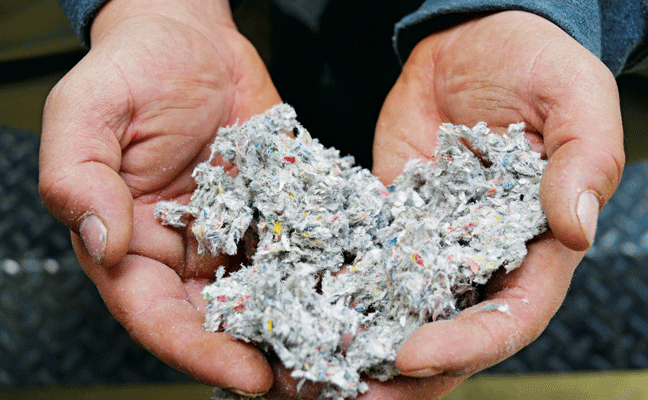
David Hughes
Based in Sacramento, Calif., with 13 offices statewide, Alliance Environmental Group offers a variety of services, from asbestos removal and mold remediation to methamphetamine lab cleanup. David Hughes is project manager for Alliance’s Insulation Division. He has more than 20 years of experience in the residential retrofit industry, which focuses on making existing homes more energy-efficient; six years of insulation experience and six years of pest control experience.
But the division has no end user customers to call its own. Rather, its customers are a variety of service companies — primarily, pest management firms.
“We do hold a pest control license, because in California, that’s the rule,” Hughes explains. “But if you had to summarize Alliance’s business model, it’s to stay behind the scenes.”
Hughes notes that subcontracting lets the pest management firm be the hero to customers, to not just say “Well, you need to call an insulation company about that.” It’s tough, hard work, and they usually run in three-man crews to optimize time and labor for a typical insulation job. It’s never going to be same-day scheduling, either, he points out, noting that they’re often scheduled out about two months ahead.
“If you take the average 2,000-square-foot-house, for full removal of soiled insulation and installation of new materials, it’s going to be one job per day,” Hughes estimates. “If it’s just install-only, you can do two, maybe three jobs in a day if you have the proper equipment.”
Hughes estimates his “personal best” was on a government job with five houses in one day, totaling 8,000 square feet. But the stars basically aligned for that to happen, he admits.
If you’re not looking to subcontract, or maybe want to take on a few jobs in-house and subcontract the more complex accounts, Hughes advises that hiring the right people from the start can make or break you.
“Good attic installation installers can be hard to find,” he says, noting that the required personal protective equipment (PPE) of glasses, respirator and “crawl suit” isn’t exactly what all of the cool kids want to wear. “They are very hard workers, and they just want to show up, do the job and go home. There’s not exactly a line out the door to work in a hot, dirty attic.”
He advises looking outside your typical hiring zone and seeking journeymen tradespeople. However, they’re often already in union jobs, and competitive wages and benefits may be a factor.
Another option, he says, is to “pull your exclusion tech and give him/her a partner or two to do the work. But you need to incentivize: On, say, a $4,000 job, give them $200 on top of their regular pay.”

Offering pest-protection insulation service can make you even more valuable to existing and new customers. PHOTO: SERVICE PARTNERS
Unfortunately, Hughes says, it’s a young man’s game. Women are welcome to apply, of course, but not many do. And once an insulation tech hits middle age, it gets even harder to run the route.
It’s not impossible, though, Hughes says with a chuckle. “Two of our best guys are Jaime, who is in his late 40s and Leo, who is in his early 50s. We are constantly telling the new techs who are wilting in the heat, look, these guys are old, and they can do it! You can, too.”
Once you’ve got the crew in place, Hughes says, “Selling is easy. You can get one truck or trailer — a blower and two vacuums — you can store materials, and you’ll be able to keep your guys busy.”
The hardest part, beyond the physical labor, he says, is the constant communication during the day-long process. As the sole license-holder for the company, Hughes is constantly conducting quality control checks via texts and photos.
If you do subcontract, Hughes says, don’t expect to get exclusivity in the market.
“We’re like Samsung TVs: You can get us at Walmart, Best Buy and Home Depot,” he teases. “But seriously, because we don’t sell direct, we couldn’t sustain our workload if we were not working for everyone. All pricing is confidential, and very rarely does the customer even realize that we’re not with their pest control provider. Once in a while, they’ll see our trucks roll up with our company name and they’ll say to the technician, ‘Wait, you’ve subcontracted the service?’”
Hughes notes that there has yet to be a problem with an honest response: “Yes, they’re the experts, and we strive to only provide the best service for you.”
Read more:
Leave A Comment